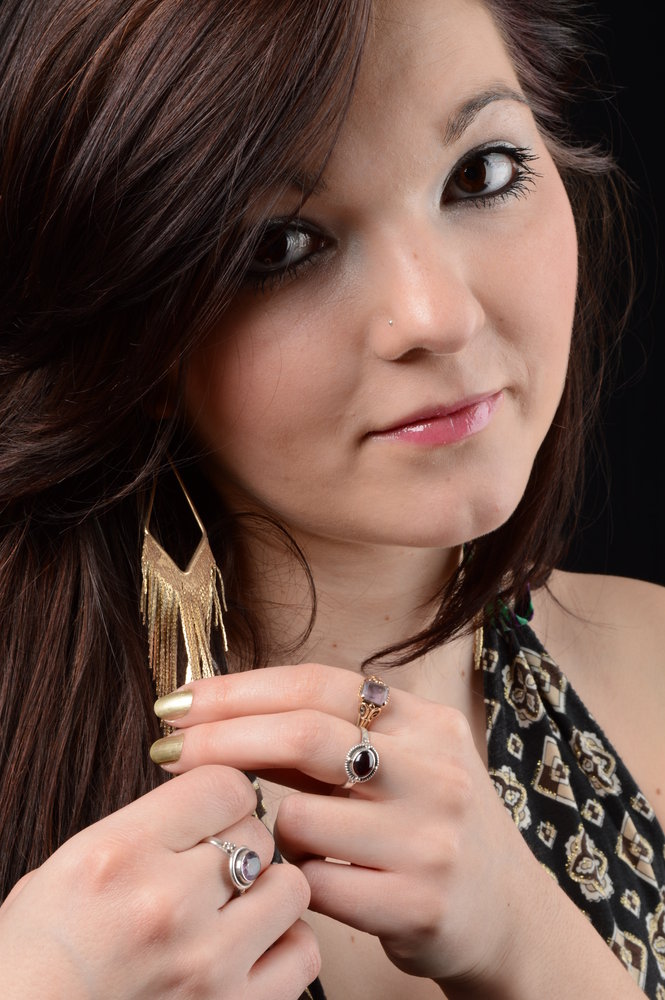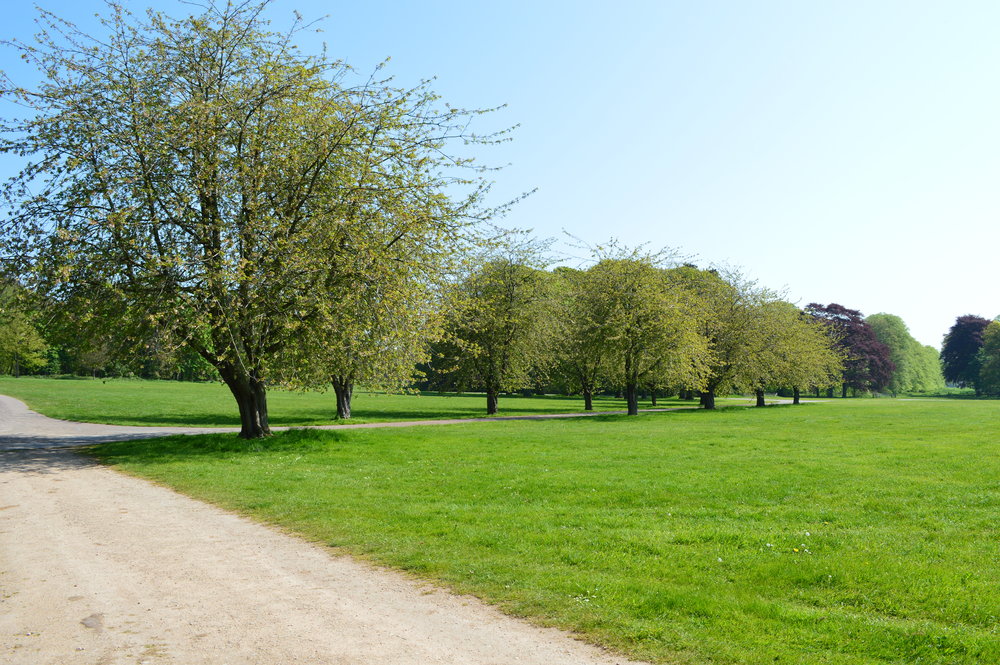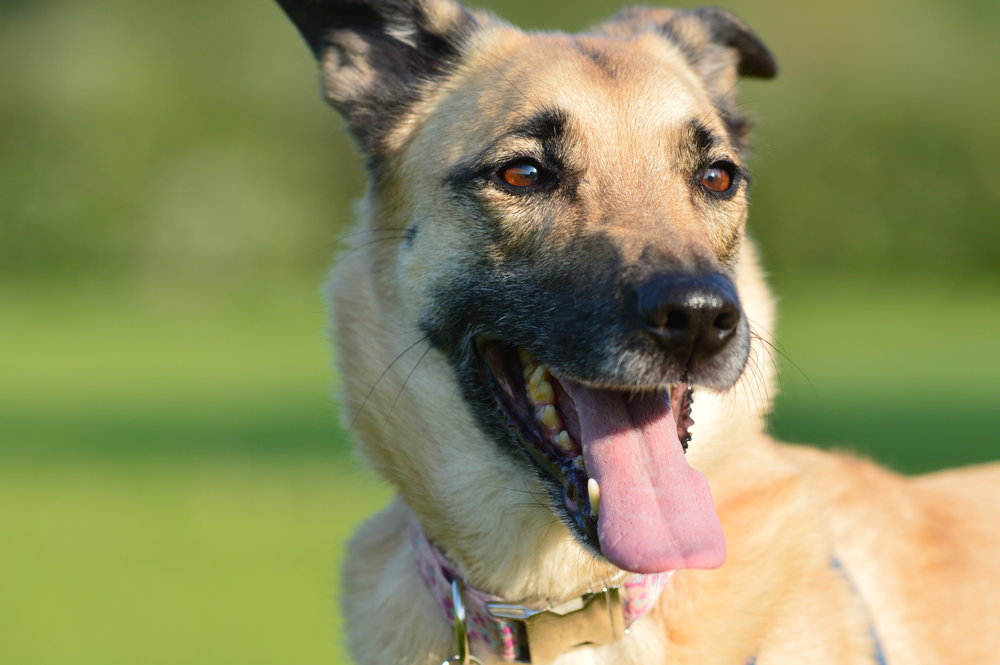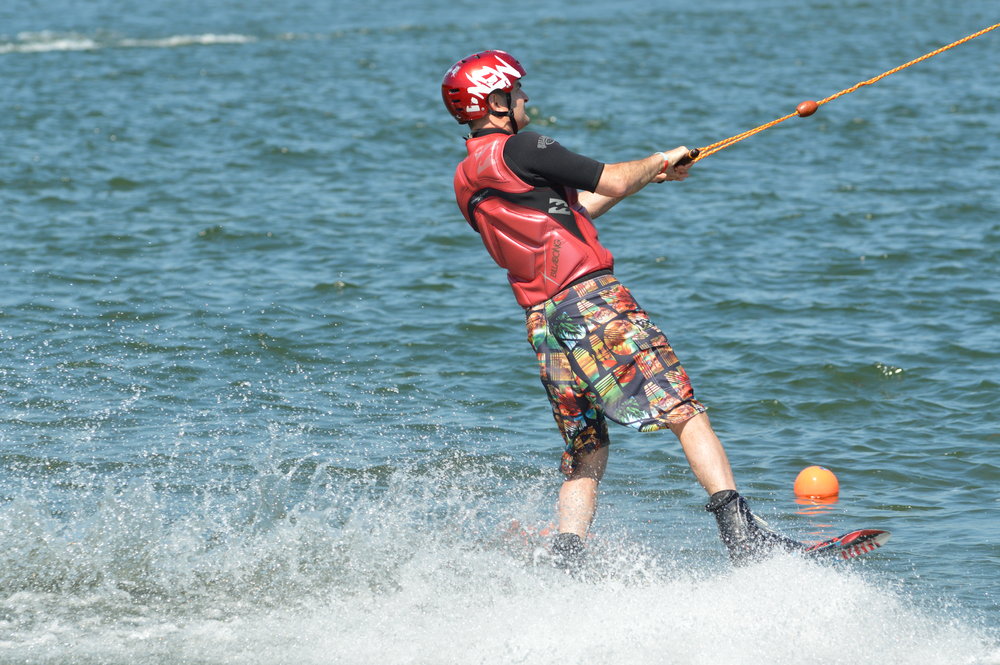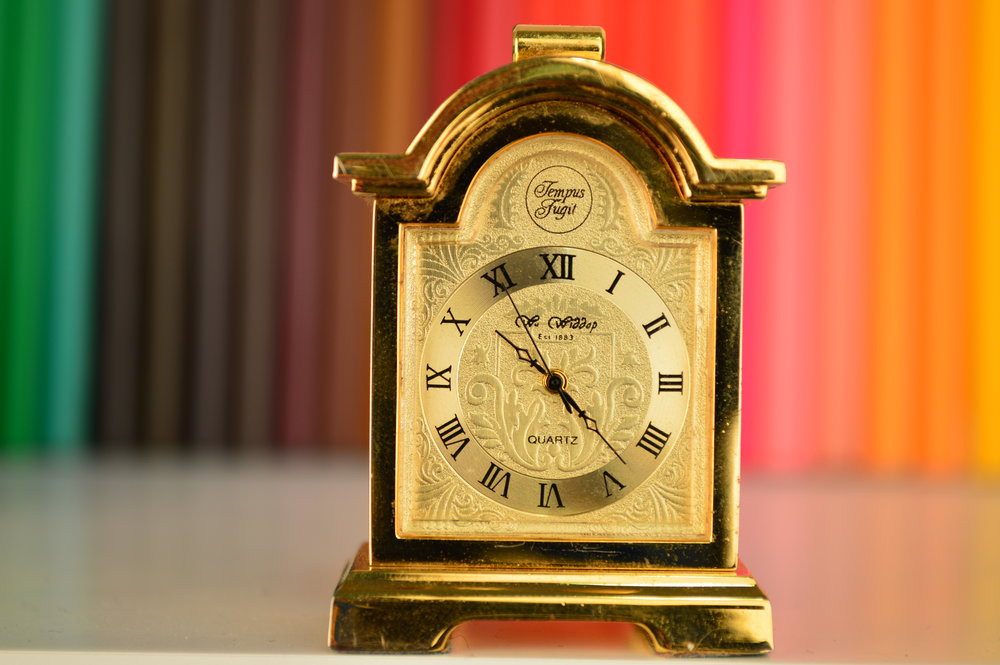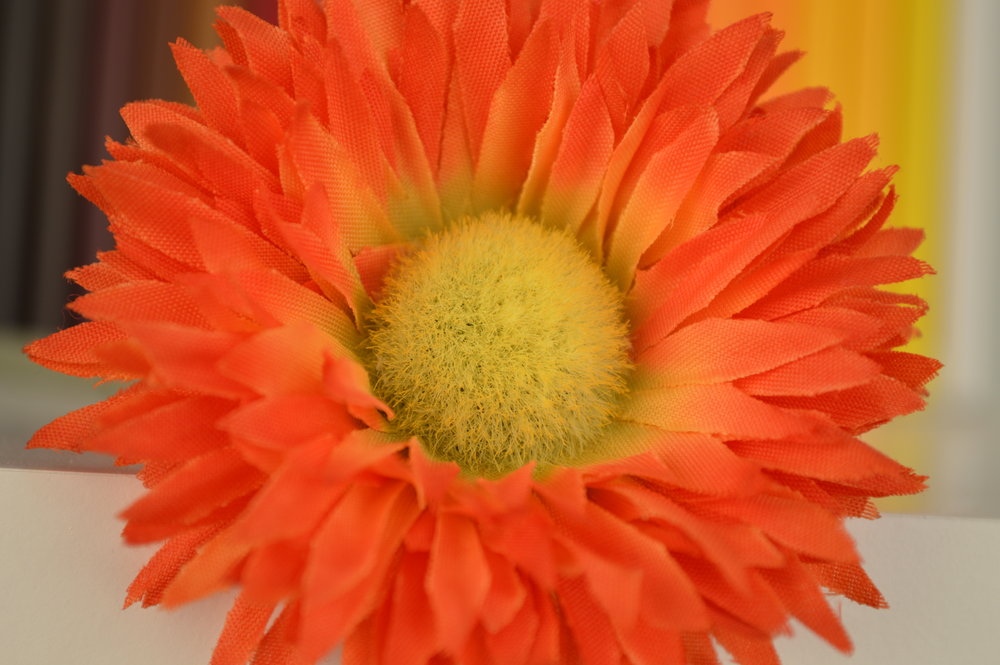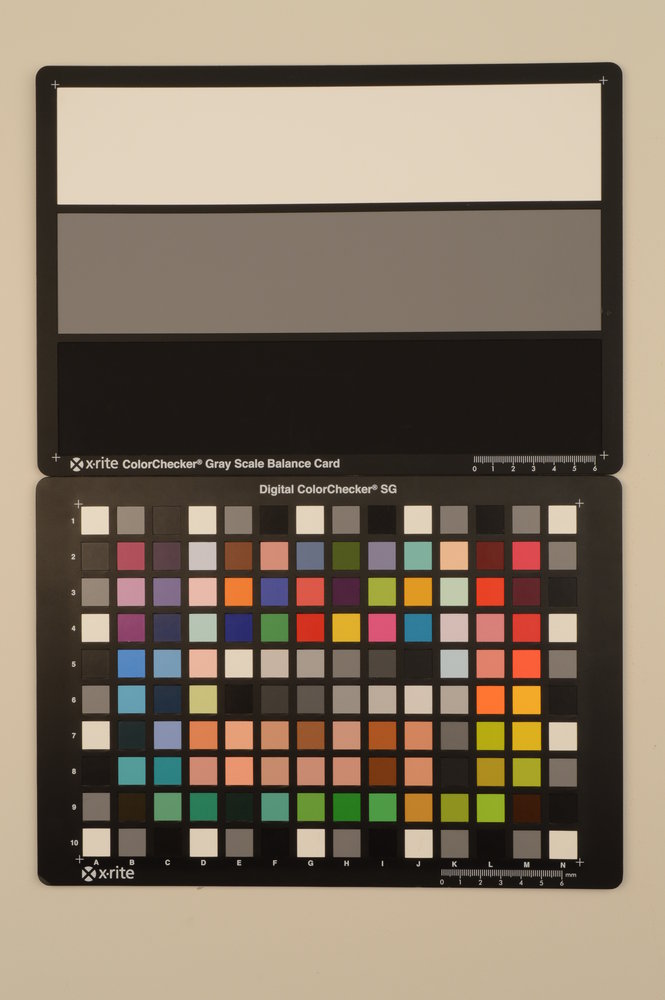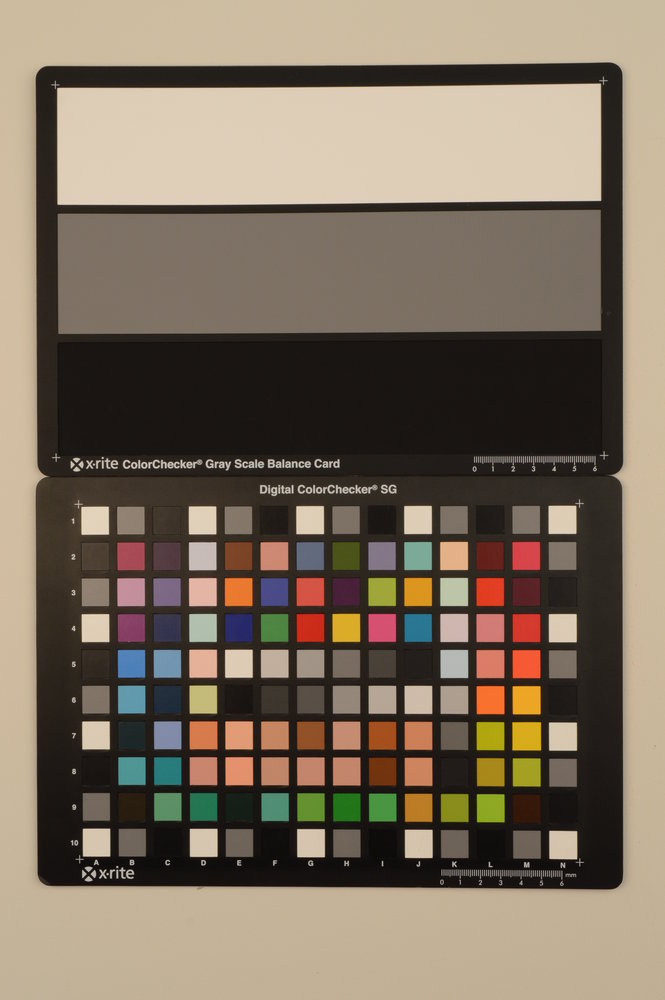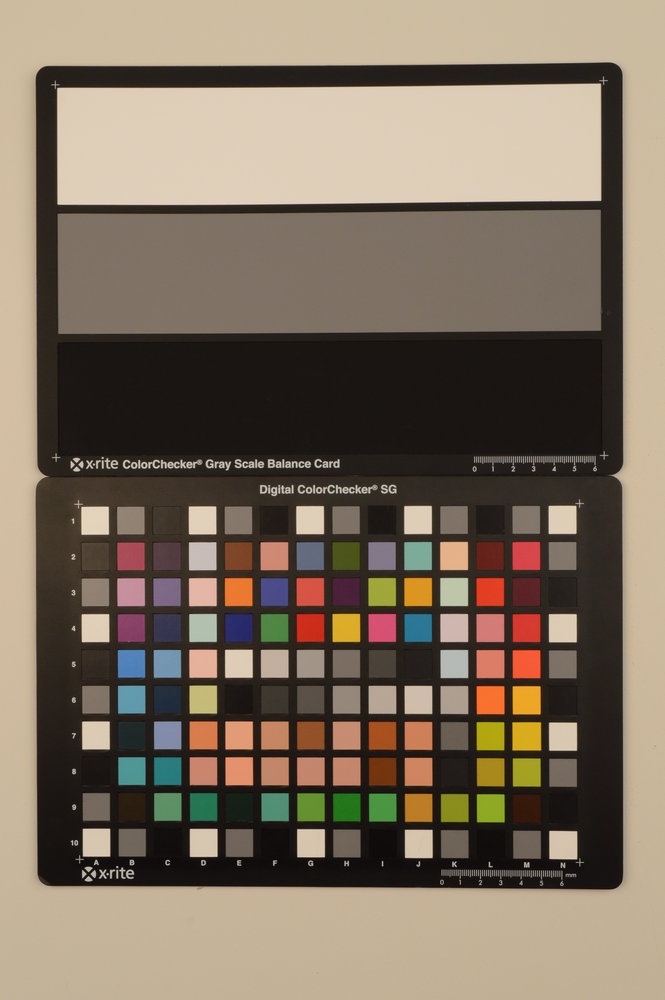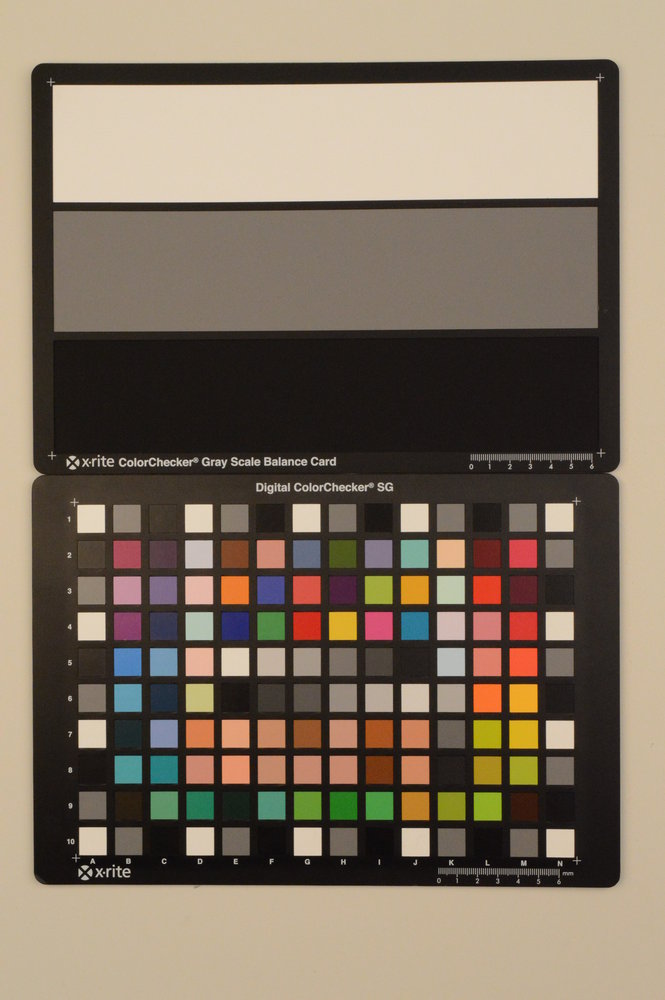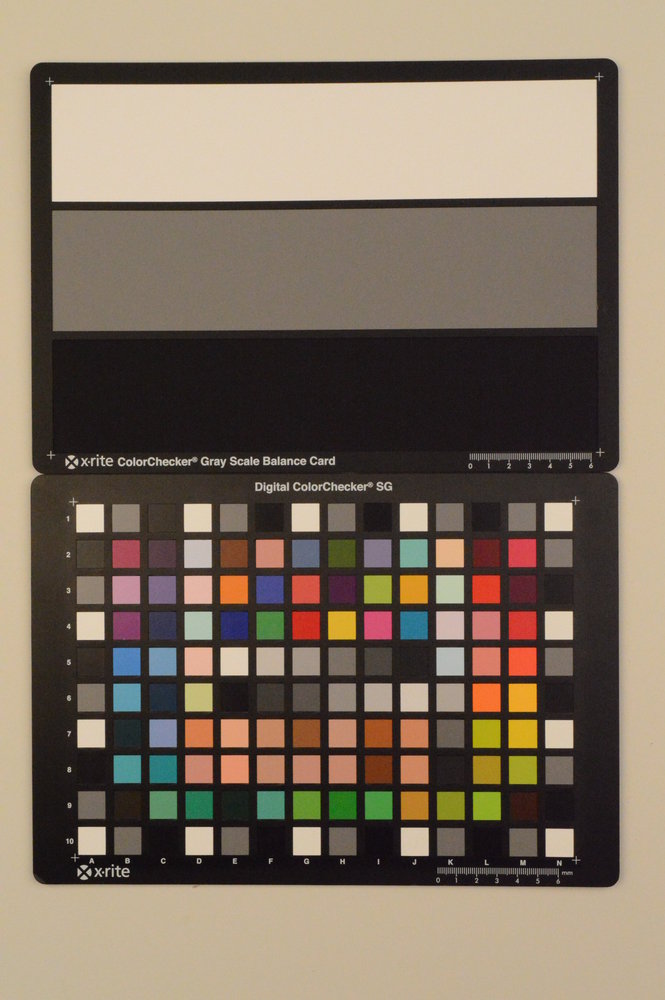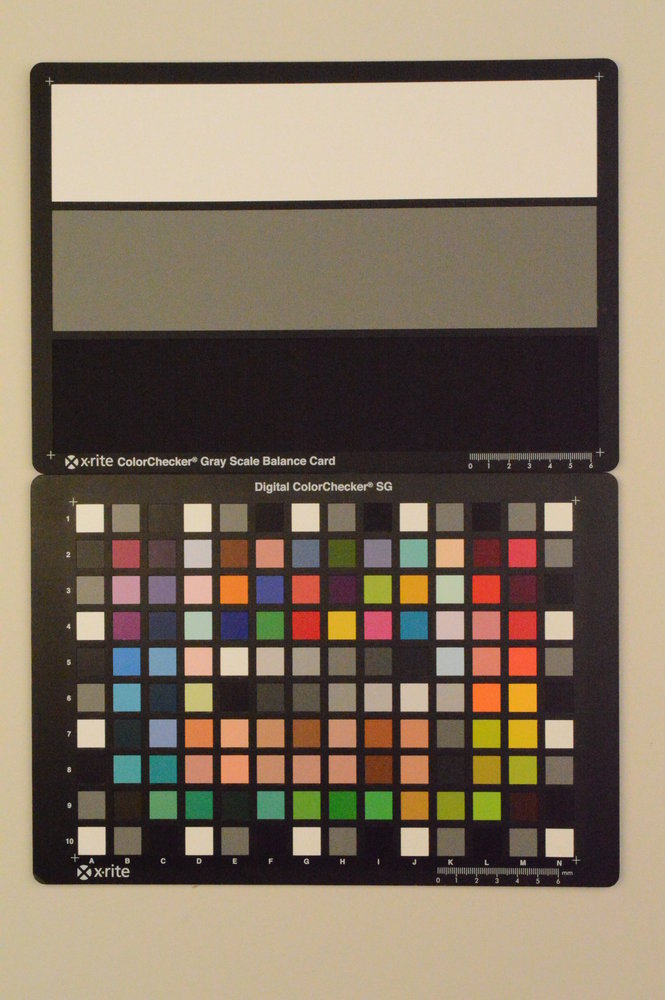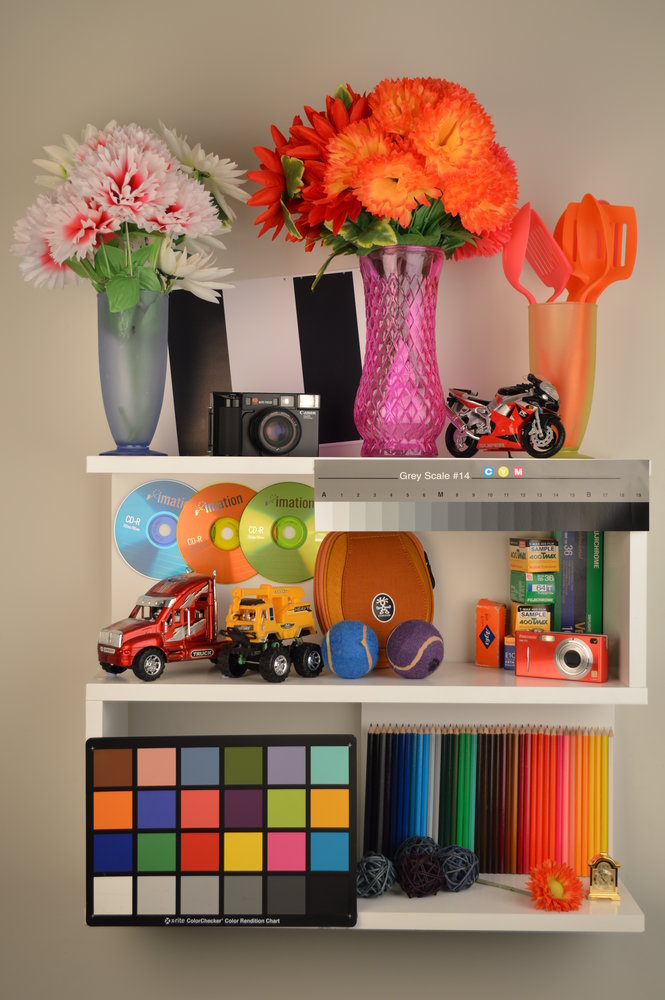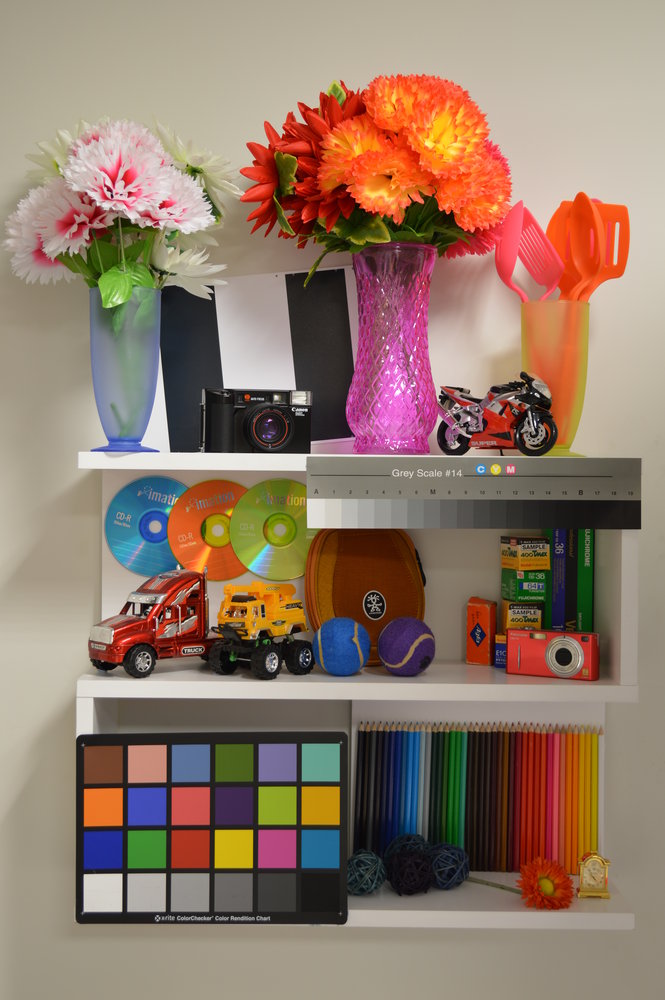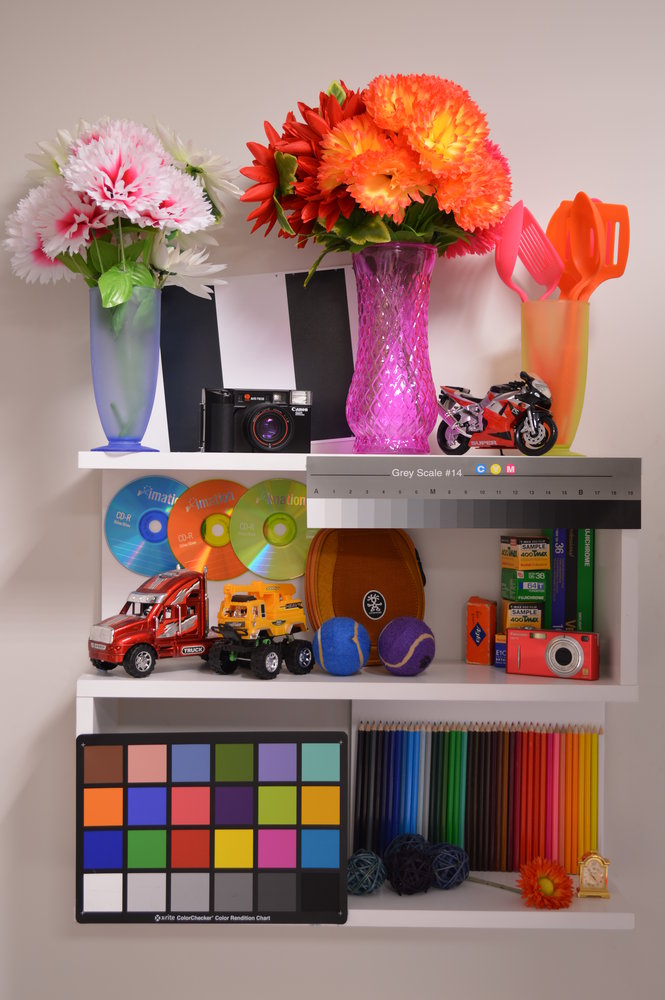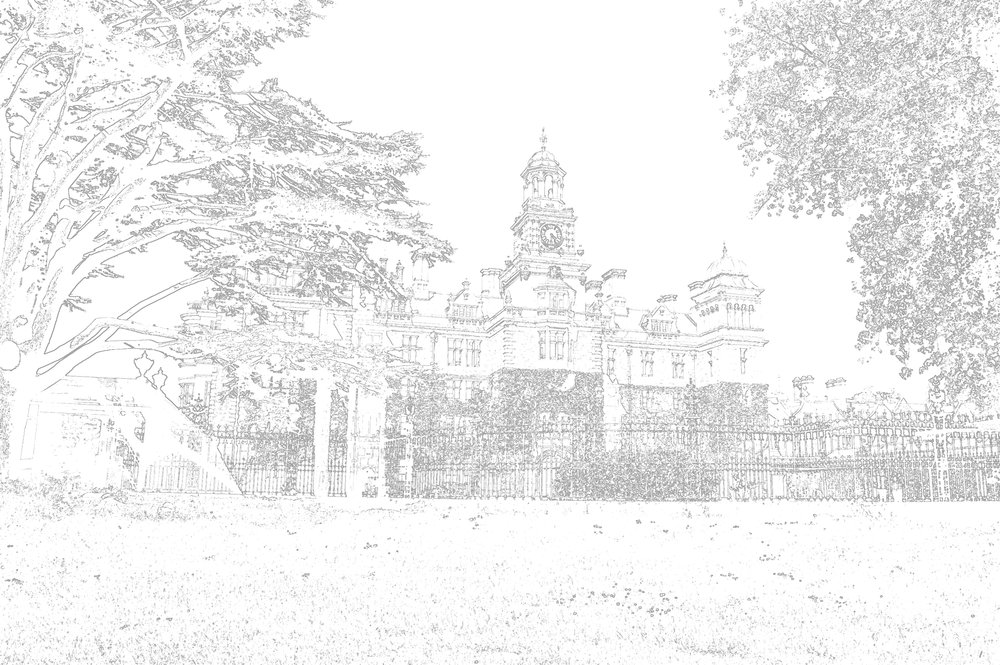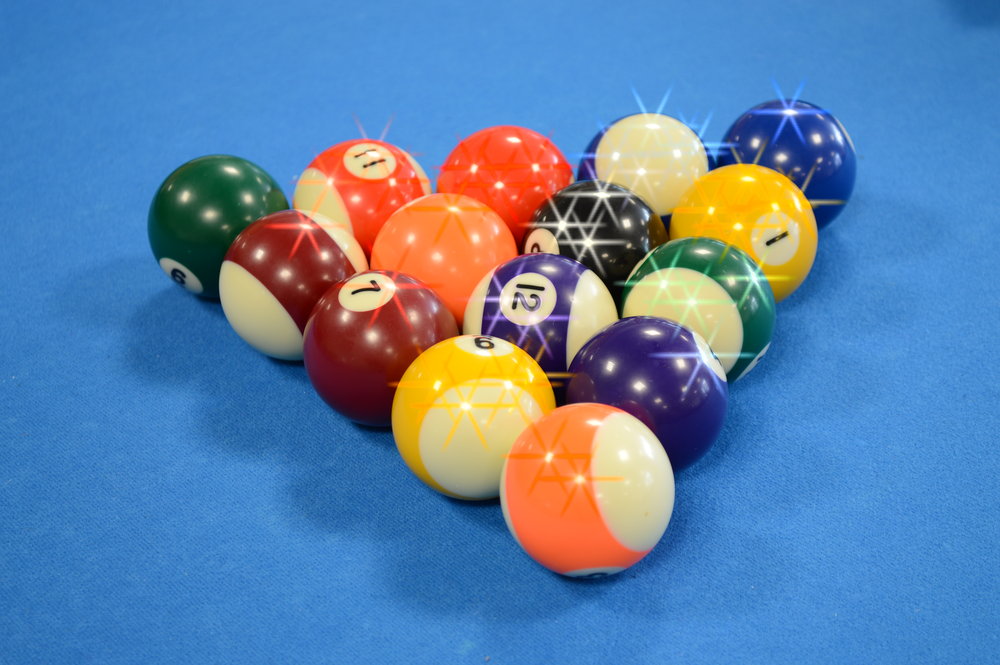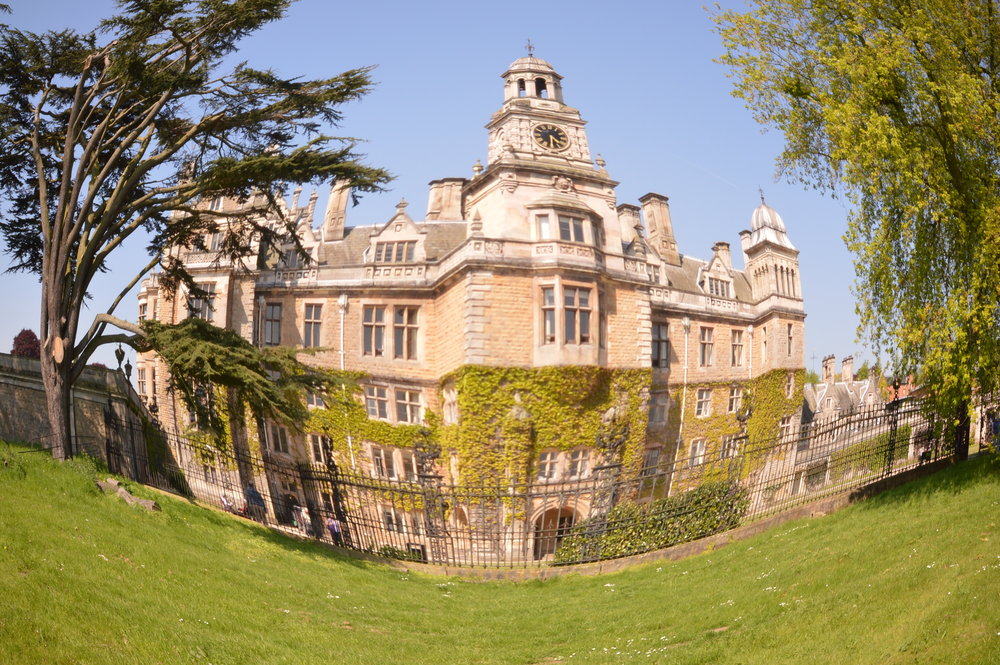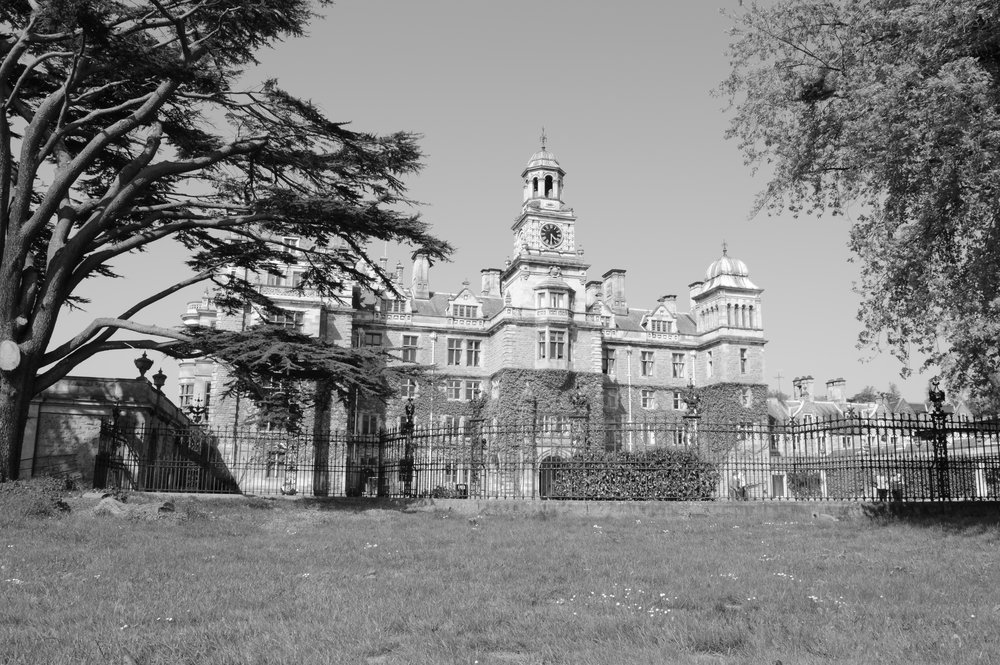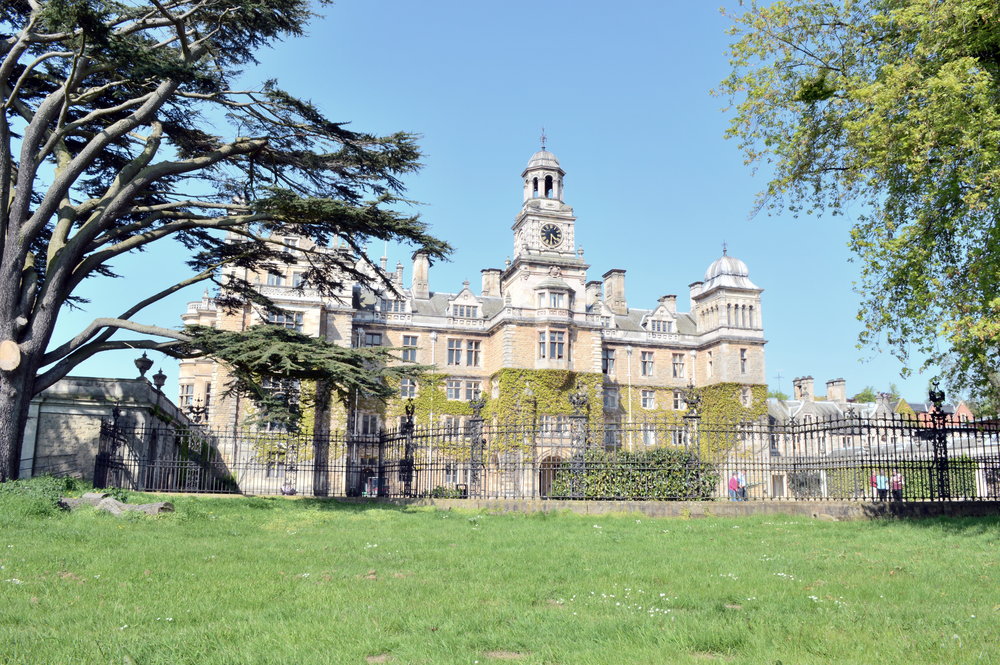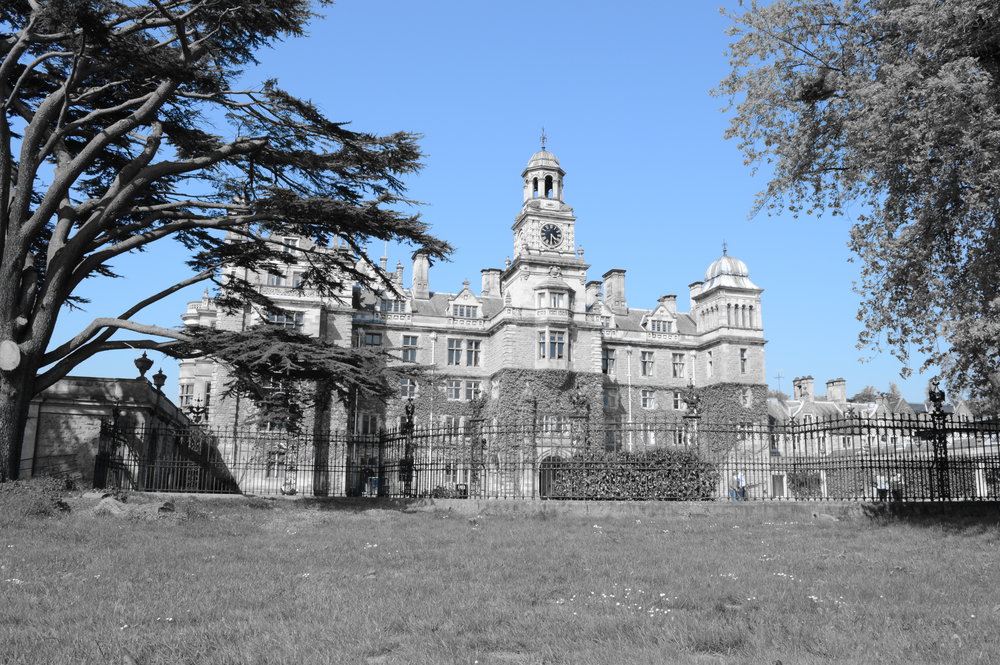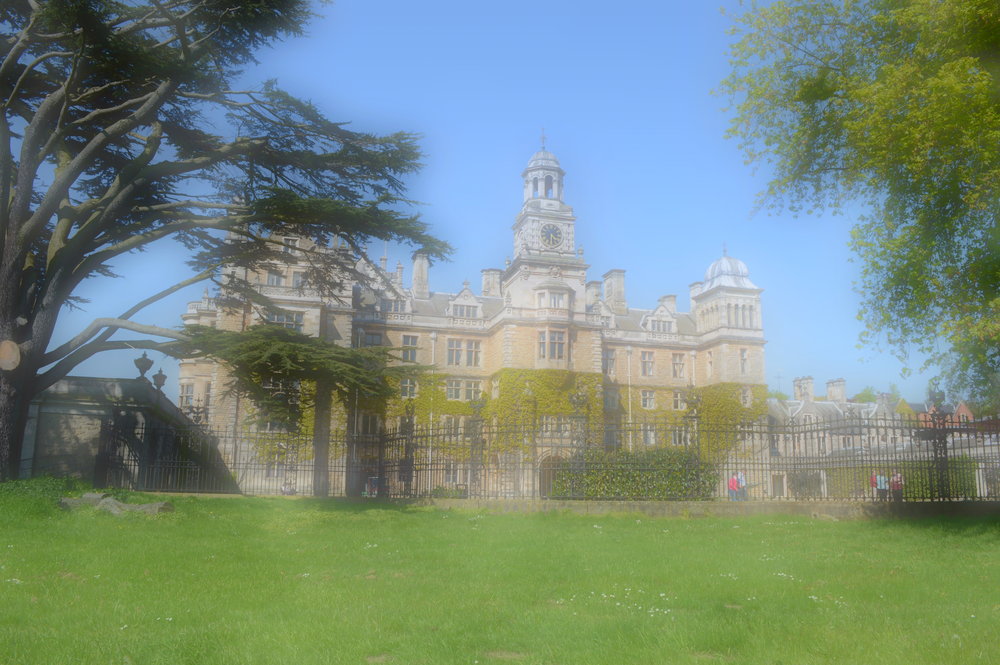Features
Handling
Performance
Verdict
Specification
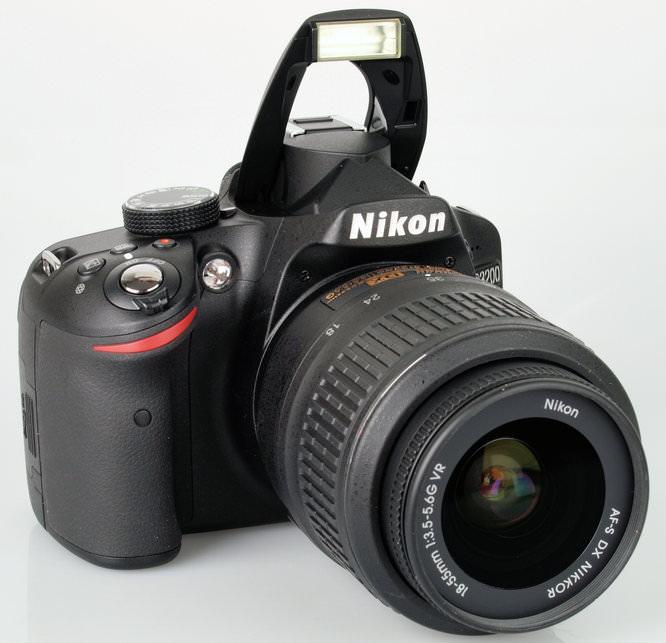
The D3200 is Nikon's latest entry level DSLR, an upgrade on the D3100, going from 14.2 to 24.2 megapixels and is designed to be easy to use, with Guide Mode to help you along. The D3200 is also compatible with the new Wireless Mobile Adapter which shares images directly to a smartphone or tablet, or to control the camera remotely. The D3200 can be purchased in black or red for £559.00 (body only) or £649.00 with the 18-55mm VR lens.
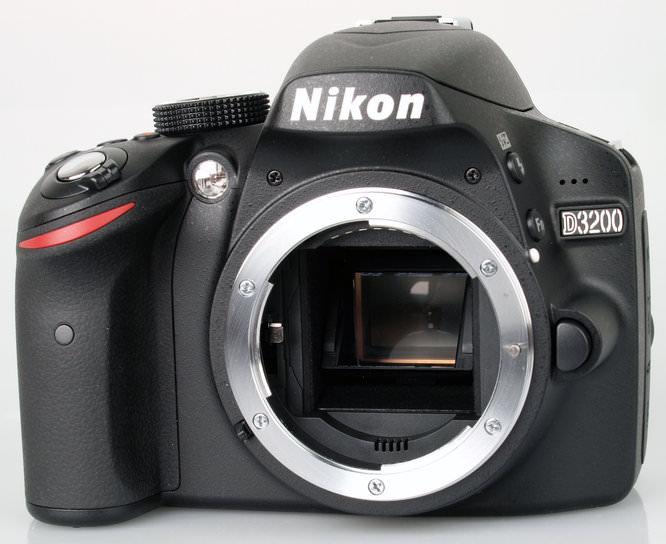
Nikon D3200 Features
If you are new to DSLR photography, the D3200 has Guide Mode which uses images and written instructions to help you choose the correct settings. It comes with a Nikon DX AF-S Nikkor 18-55mm VR lens (35mm equiv: 27-82.5mm) and features a Silent Wave Motor (SWM) that should help keep lens noise down in videos. As well as the traditional viewfinder, which has a diopter adjuster, you can use Live View which is activated by a button on the rear.
Images are captured by the 24.2 megapixel CMOS sensor, with ISO 100-6400, which is extendable up to ISO 12800. The camera has Nikon's EXPEED 3 image processing engine, designed for clear images with excellent colour reproduction and enhanced movie recording. The D3200 is compatible with SD, SDHC and SDXC memory cards and comes with a 2 year warranty.
The D3200 has an 11-point autofocus system to focus on subjects which are off-center, moving fast or completely unpredictable. If you are shooting fast moving objects, you can switch to continuous shooting mode which records at up to 4fps. Nikon's Scene Recognition System analyses the scene and automatically adjusts the focus, exposure and white-balance for the best results. With Active D-Lighting more detail is captured in the dark and bright areas of high-contrast lighting conditions.
When you have finished taking pictures, you can edit them via the photo retouch menu, where you will find a range of tools and effects. Options include Resize, Quick Retouch and Straighten as well as effects including Selective Colour, Colour Sketch, and Miniature Effect.
Videos are recorded in full 1080p HD in 30p, 25p and 24p with smart autofocus including continuous autofocus (AF), full-time servo AF (AF-F), subject-tracking AF and Face-priority AF. The D3200 supports use of Nikon’s ME-1 stereo microphone (as well as other microphones) and videos can be played back on a HDTV via a HDMI cable.
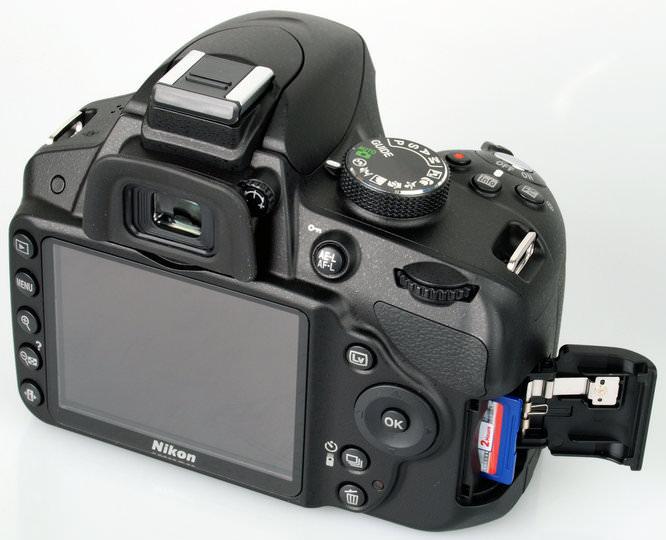
Key Features
- 24.2 megapixel DX-format CMOS sensor
- Nikon F mount (with AF contacts)
- 3 inch 921k dot (VGA) TFT LCD screen
- Full 1080p HD video recording in 30p, 25p and 24p with smart autofocus
- ISO 100-6400 (extendable up to 12800)
- 11-point autofocus system
- Active D-Lighting
- 4 fps continuous shooting
- EXPEED 3 image processing engine
- Scene Recognition System
- Guide mode
- Photo retouch menu
- Optional Wireless Mobile Adapter
- Available in red and black
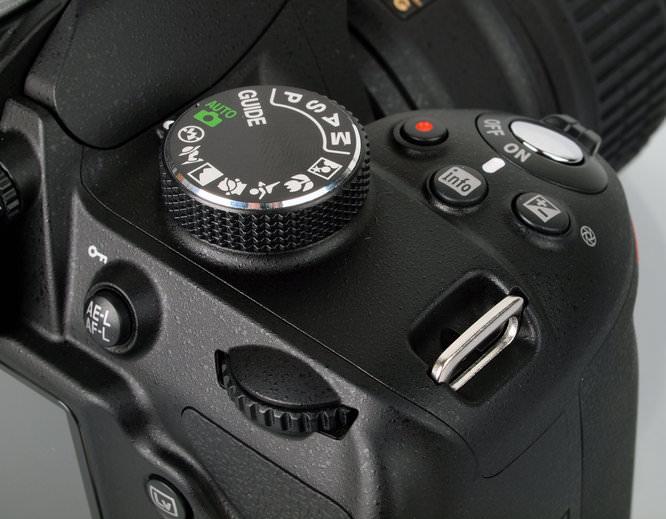
Nikon D3200 Handling
The 3 inch LCD screen has a much improved resolution of 921k dots, from 230k on the D3100, making the screen a pleasure to use when using live view or in image playback, giving an accurate representation of image quality and colour when compared to viewing photos on the computer. There is an orientation sensor, which means when you are shooting in portrait mode, the screen orientation automatically switches.
Other than the improved screen resolution, nothing else has physically changed on the camera body, except for the movie record button that has been moved to the top, the live view lever has been changed to a button and the release mode lever has been changed to a button also placed on the back.
A large hand grip and well positioned rubber thumb grip make it easy to hold on tight. A large rubber grip on the lens gives another good area to grip the camera to ensure it's held steadily at all times.
Despite the plastic body, the D3200 is well built with a solid construction and large rubber eye cover. It has high quality switches and controls and metal strap mounts. The memory card cover, however, doesn’t look like it would survive any mistreatment, or accidental damage while open. The buttons to the left of the main screen feel a little loose and wobbly although it’s unlikely this will actually cause any problems.
There is one function button, pressing this lets you quickly set the option using the command dial. There is also a dedicated exposure compensation button. For other settings that you want to change you will need to go into the options on the back screen, or go into the menu of the camera.
The camera is very easy to use, more advanced users may find it a little limiting, as a lot of options or settings require you to enter the menus to change or set them and some useful options seem to be missing (such as exposure bracketing). However, the lack of complicated buttons also makes it easy to use for those who simply want the higher image quality a DSLR offers over a compact camera.
The menu system on the camera is split into five sections: Playback, Shooting, Setup, Retouch and Recent Settings. Navigating the settings is fairly straightforward and you can press the “?” button to bring up help on any setting. Recent Settings brings up a history showing your most recently changed or accessed settings and the camera also remembers where you were the last time you accessed the menu to allow quicker changes to settings. Here is a video of the Guide Mode:
The Nikon D3200 battery life is rated at 500 shots according to CIPA standards. We took a lot of photos during testing, and were able to get a least 500 on every charge, if not a substantial amount more. The battery cover is solid and relatively easy to open, with an orange clip to keep the battery firmly in place.
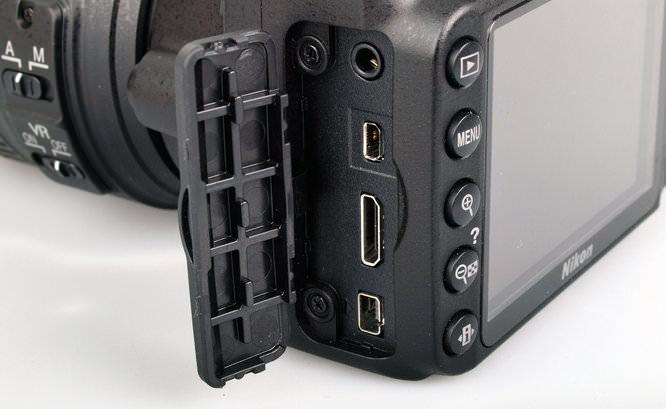
We tested the cameras performance at focusing, shutter response, shot-to-shot time, continuous shooting etc. and have posted the results below. To test this we took 6 or more shots and calculated the average, so that consistent results were produced.
| Shutter Response | 0.05 (0.55 in live view) | |
| Wide - Focus / Shutter Response | 0.4 (1.1 in live view) | |
| Full zoom - Focus / Shutter Response | 0.7 (1.75 in live view) | |
| Switch on Time to Taking a Photo | 0.5 | |
| Shot to Shot (without flash) | 0.6 secs (slows after 10 shots) (7.2 secs in live view) | |
| Shot to Shot with Flash | 1.7 secs | |
| Continuous Shooting (JPEG) | 3.8 fps | |
| Continuous Shooting (RAW) | 3.9 fps (slows after 10 shots) |
When using live view, shutter response, focus speed and shot to shot times are slower. Continuous shooting mode records at full 24.2 megapixel resolution.
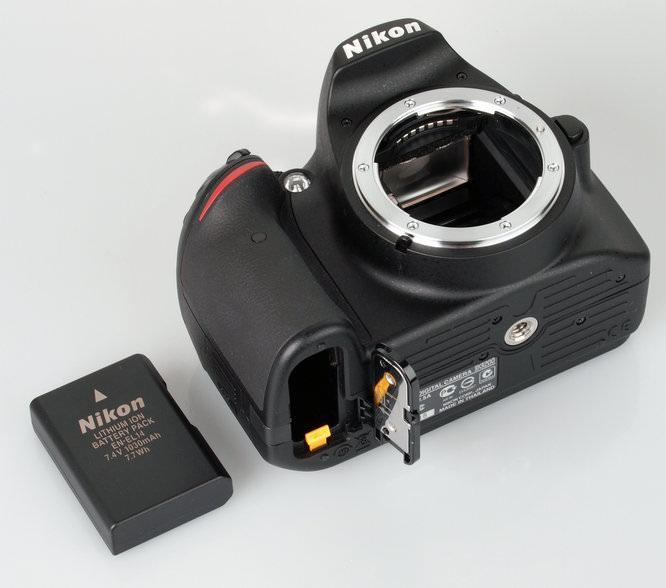
Nikon D3200 Performance
Additional sample photos and product shots are available in the Equipment Database, where you can add your own review and product ratings. As well as the standard Nikon 18-55mm f/3.5-5.6G VR lens we have also used the Tamron 70-200mm f/2.8 lens for some shots as well.
Nikon D3200 Sample Photos
Sample Photos - Colour reproduction is superb, as are skin tones when shooting portraits, which are free from red-eye. Landscapes have excellent blues and greens, particularly when using the Landscape Picture Control option (other options are standard, neutral, vivid, monochrome and portrait). The last three images above may not be easy with the standard kit lens, but show what is possible if you decide to invest in a more expensive lens. Focusing speed was generally quick enough to get some decent sporting shots.
Nikon D3200 Lens test images
Lens Performance - The kit lens does an excellent job, providing good levels of detail and quite sharp images. Images are sharp in the centre as well as at the edges and corners. There is some purple fringing in some areas of high contrast but there doesn't appear to be much noticeable aberration in general photographs. Minimum focusing distance is 28cm, this isn’t very close to the subject at wide-angle, but at full telephoto zoom it allows for some good macro shots.
There is built in Vibration Reduction to help get sharp photos in low light situations and at the telephoto end of the zoom. This can be easily switched on or off if you’re using a tripod and there is also a switch on the lens to switch between manual and automatic focus. The manual focus is adjusted by turning the front of the lens, is quite smooth and allows fairly precise control of the focus.
Nikon D3200 ISO test images
ISO Noise Performance - There is low noise at ISO100, with very smooth images and excellent detail with very little noise appearing at ISO 200 and ISO 400. At ISO 800 you start to see a very slight loss in detail, particularly noticeable when viewing images at 100% on screen, which again increases at ISO 1600, causing images to become a little soft. Images are softer still at ISO 3200, but are still usable, with good colour reproduction maintained. At ISO 6400 noise is significant, with black dots appearing in the lighter parts of the images. At the highest ISO setting, Hi1 (ISO 12800), there are both black and white dots causing very noisy images. The images produced at this level are fine for sharing on the web, but you wouldn't get a decent large print from them.
Nikon D3200 White-balance test images
White Balance Performance - Auto white-balance generally does a good job and particularly so under our studio lighting, with the AWB and incandescent presets doing a similar job under the incandescent lights. Under the fluorescent lights the preset gives a magenta cast in the image.
 Portrait with flash | 1/60 sec | f/5.3 | 44.0 mm | ISO 100 |
 Active D-lighting | 1/50 sec | f/14.0 | 24.0 mm | ISO 100 |
|
 Structure | 1/60 sec | f/16.0 | 35.0 mm | ISO 100 |
 Lambs | 1/400 sec | f/5.6 | 82.0 mm | ISO 100 |
The above are a few more examples, the first three have been taken using the 18-55mm kit lens, with the last one taken using the Tamron 70-200mm f/2.8 lens.
Nikon D3200 Digital filters
Digital Filters - When shooting, you can choose from a number of Picture Control modes. Via the Retouch Menu, there are a number of editing options, with a few sample images above.
Video - Movies can be recorded when using live view, with the maximum length of videos being 4Gb in size and 20 minutes long. You can shoot at 30, 25 and 24 fps when shooting full 1080p HD with 60 and 50 fps available when recording in 720p HD.
The kit lens has a SWM – which Nikon say provides super quiet operation, however, if you use the autofocus while recording videos the lens noise seems loud and is easily picked up by the built in microphone, but you can use Nikon’s ME-1 stereo microphone if this is going to cause you an issue, or you can refocus manually. With movement there is image roll / jelly effect.
Basic movie editing is built in – allowing you to cut movies, and also cut frames out of the video and use as a photo. Photo quality from the video is fairly good, even though the resolution of the photo is only 2.1mp (1920x1080).
Value For Money
The Nikon D3200 is available in red or black for £559.00 (body only) or £649.00 with the 18-55mm VR lens. The D3100 is still available at £359.00 (£395.00 with 18-55mm lens). Other entry level DSLRs include the Canon EOS 1100D from £304.00, Pentax K-r from £399.95 and Sony Alpha A35 from £417.46. The D3200 is therefore more expensive than other entry-level DSLRs available at the moment. You can also buy the Nikon D5100 for less than the D3200 at £498. The Sony Alpha A65 also has a 24 megapixel sensor and is available for £685.00.
You'll also need to buy a memory card and a case or bag to keep your camera safe and protected - have a look at our complete guide to camera bags.
Nikon D3200 Verdict
An entry level DSLR with a 24 megapixel sensor is rare and with this added resolution, you are able to crop into your shots without sacrificing on your image quality, meaning it may even tempt more serious photographers as well. If you are unfamiliar with how manual, shutter and aperture modes work, the Guide Mode offered will really help you on your way.
If you're on a slim budget, then the Nikon D3100 is still available, with a much lower resolution sensor, or you can go in between these two models with the 16.2 megapixel Nikon D5100. At £559.00 the D3200 can be considered expensive for an entry-level DSLR, but if you're happy with the price, there are plenty of features that make it a fair investment, and there is of course a two year warranty which isn't typical of all manufacturers.
The D3200 has a solid build, even though it is made of plastic, and we really like the rubber grip, making the camera easy to hold, even in just one hand. If you're not a fan of the traditional black colour that most DSLR's come in, you can get the D3200 in red.
Most importantly, image quality doesn't disappoint, colour reproduction is good and you can use the camera at higher ISOs with confidence.
Nikon 3200 DSLR Review: The Nikon D3200 has enough features and image quality to set you on your way in DSLR photography.

